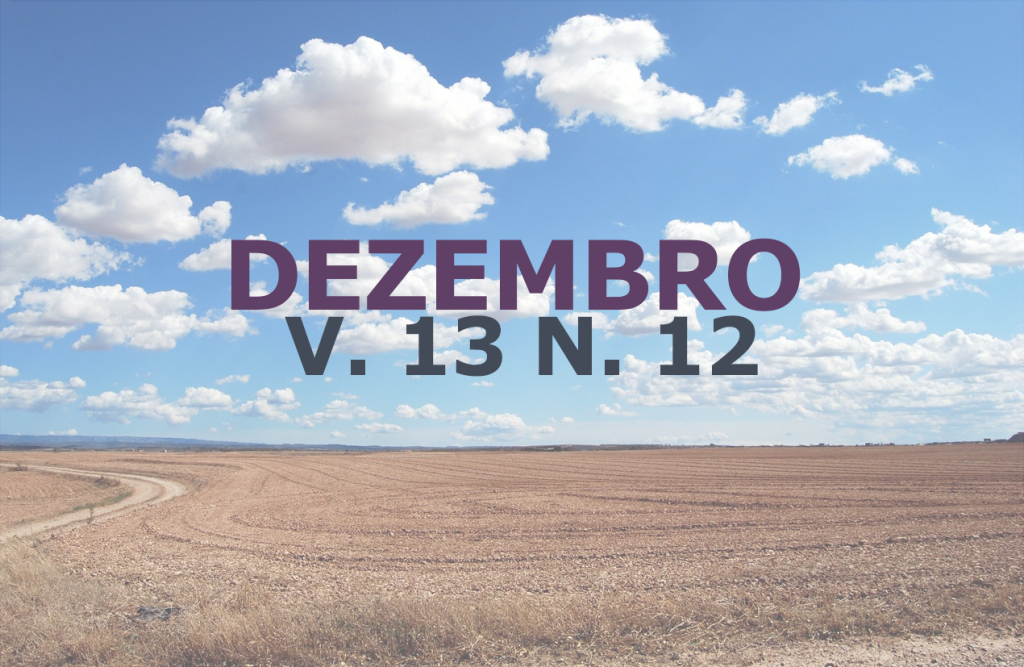Toxic plants of livestock interest in municipalities of the microregion of Alto Médio Gurguéia - Piauí
DOI:
https://doi.org/10.31533/pubvet.v13n12a479.1-10Keywords:
Intoxication, animal production, South PiauíAbstract
This study aimed to conduct a survey of the main toxic plants of livestock interest in municipalities of the microregion of the Alto Médio Gurguéia, state of Piauí, Brazil. Visits were made to farms, to assistance agencies to rural producers (Agência de Defesa Agropecuária do Piauí - ADAPI and Instituto de Assistência Técnica e Extensão Rural do Piauí - EMATER) and Educational Institutions (Campus Professora Cinobelina Elvas – CPCE and Colégio Técnico de Bom Jesus – CTBJ, both linked to Universidade Federal do Piauí – UFPI) during the months of May and June 2017. Forms adapted for conducting the interviews were used. The total number of interviewees was 60 people, who resided or provided technical assistance in the region. The sample comprised nine municipalities in the microregion of the Alto Médio Gurguéia. All the plants listed in the form were cited at least once by the interviewees; however, the most mentioned ones were prioritized. Plants like Manihot spp. 78,3%, S. coriaceum 55%, Brachiaria spp. 43,3%, E. contortisiliquum 41,7%, M. pseudoglaziovii 25%, D. mollis Benth 14,3%, M. indica 7,1% e D. ecastophyllum 7,1% were presented as toxic in the region. Similar results were found in municipalities belonging to the micro region of the Cariri, state of Ceará. It can be concluded that plants with toxic potential in the microregion of the Alto Médio Gurguéia is the plant Manihot spp. 78,3%, followed by the plants S. coriaceum 55%, Brachiaria spp. 43,3%, E. contortisiliquum 41,7%, M. pseudoglaziovii 25%, D. mollis Benth 14,3%, M. indica 7,1% and also the plant called D. ecastophyllum 7,1%
Downloads
Published
Issue
Section
License
Copyright (c) 2019 Caike Pinho de Sousa, Wenderson Rodrigues de Amorim, Gabriel do Nascimento Martins, Alan Rodrigo Sousa Soares Santos, Isael de Sousa Sá, Julia Morgana Vieira Dada, Sávio Matheus Reis de Carvalho, Mayara Jane Martins Alves, Italo Carlos Rodrigues da Silva, Jackson Brendo Gomes Dantas, Joyce Veras de Almeida, Raizza Eveline Escórcio Pinheiro, Jamylla Mirck Guerra de Oliveira

This work is licensed under a Creative Commons Attribution 4.0 International License.
Você tem o direito de:
Compartilhar — copiar e redistribuir o material em qualquer suporte ou formato
Adaptar — remixar, transformar, e criar a partir do material para qualquer fim, mesmo que comercial.
O licenciante não pode revogar estes direitos desde que você respeite os termos da licença. De acordo com os termos seguintes:
Atribuição
— Você deve dar o crédito apropriado, prover um link para a licença e indicar se mudanças foram feitas. Você deve fazê-lo em qualquer circunstância razoável, mas de nenhuma maneira que sugira que o licenciante apoia você ou o seu uso. Sem restrições adicionais
— Você não pode aplicar termos jurídicos ou medidas de caráter tecnológico que restrinjam legalmente outros de fazerem algo que a licença permita.





